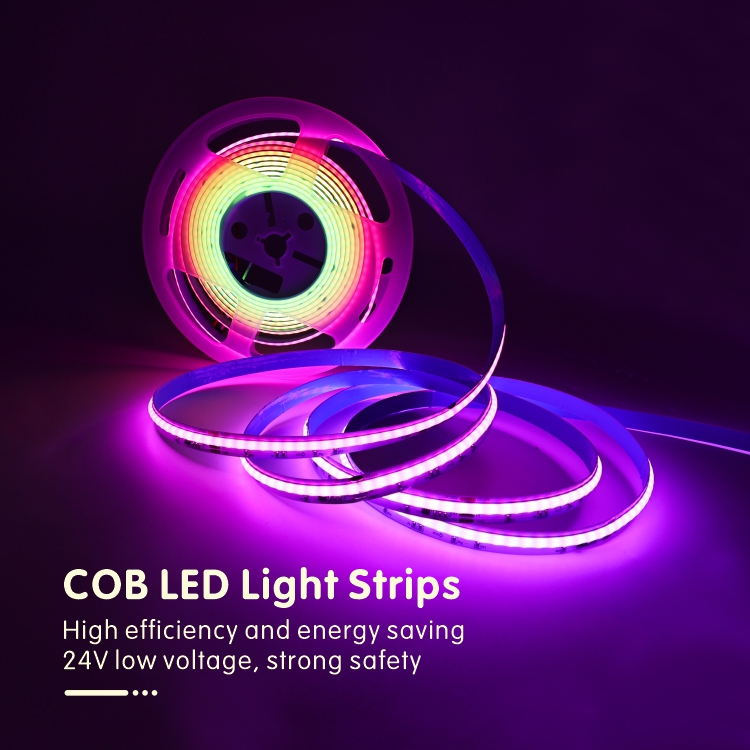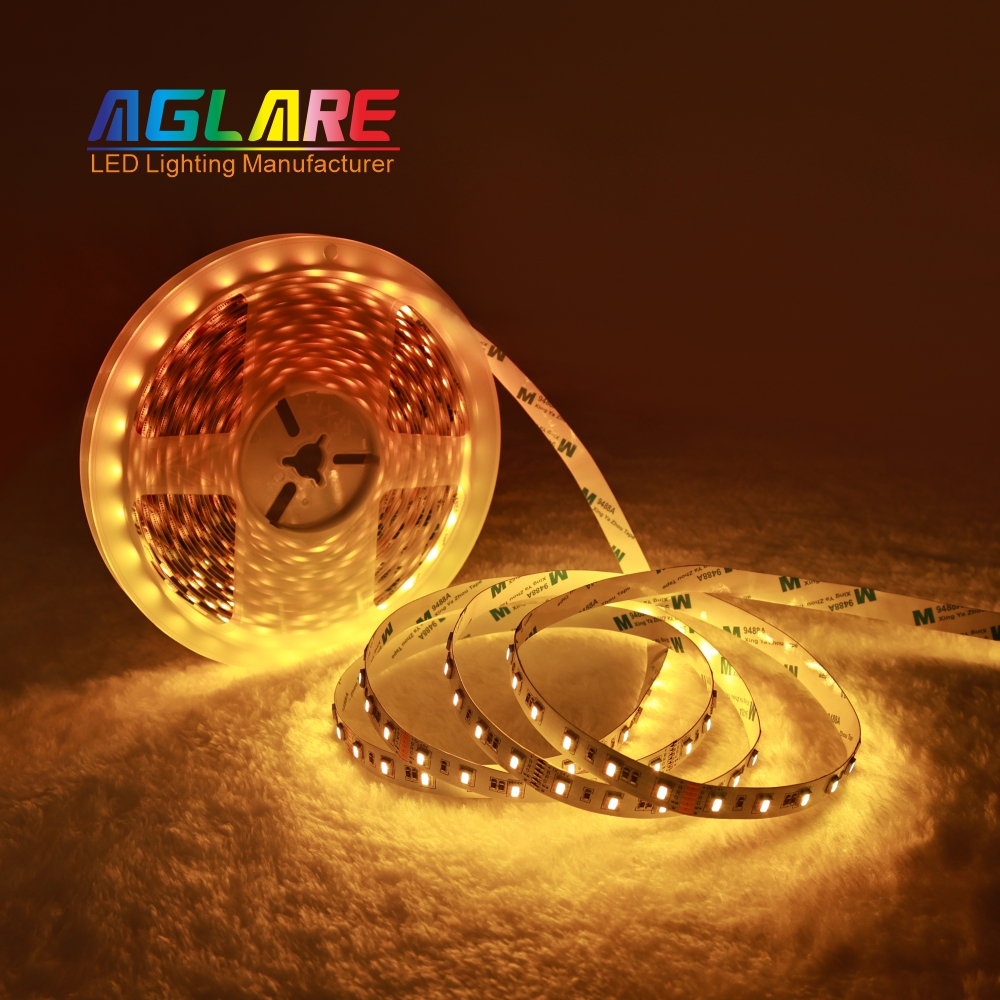To expand your news reach, consider advertising with our media partner, Patch Media, at https://heypapipromotionsmedia.town.news/. Patch is a nationwide news network comprising over 1,000 hyperlocal websites dedicated to community news across the United States. For press release distribution services, please call or visit https://heypapipromotions.com/advertise.
When buying LED strips, there are indeed a number of factors to consider to ensure that you choose the best product for your needs. Below is a detailed buying guide that includes different types of LED strips, key selection factors, and recommended manufacturers.

1. Understanding the different types of LED strips
a. Monochrome LED strips
• Features: Provides a single color (usually white) with fixed brightness and color temperature.
• Applications: Suitable for basic lighting and decoration, such as under-cabinet lighting, bookshelf lighting, etc.
b. RGB LED strips
• Features: Supports three basic colors of red, green, and blue, and can mix multiple colors through the controller.
• Applications: Suitable for occasions that require colorful effects, such as bars, dance halls, theme parks, etc.

c. Color-changing LED strips
• Features: In addition to RGB functions, dynamic effects such as gradient and flashing can be achieved through the controller.
• Applications: Suitable for occasions that require dynamic lighting effects, such as holiday decorations, stage performances, etc.
d. COB LED light strip
•Features: Using chip-level packaging technology, the luminous surface is more uniform and the light is soft.
•Application: Suitable for occasions that require high brightness and uniform light, such as commercial displays, indoor lighting, etc.
e. Outdoor LED light strip
•Features: It has a high waterproof and dustproof rating (usually IP65 or higher), suitable for outdoor environments.
•Application: Suitable for outdoor lighting such as gardens, trails, and building exteriors.
Comments